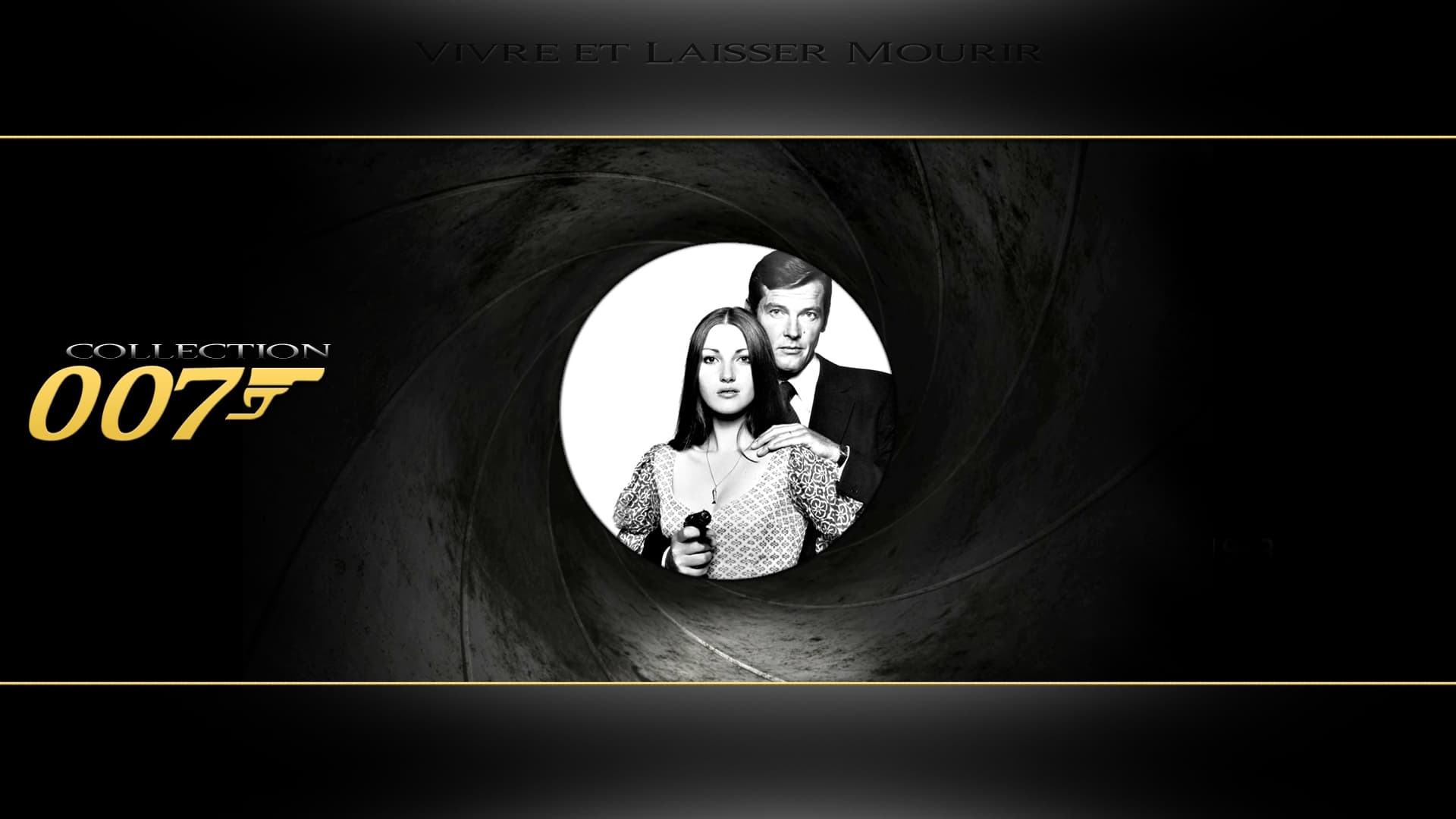

The film was a box-office success and received generally positive reviews from critics. It was also the first James Bond film featuring an African-American Bond girl romantically involved with 007, Rosie Carver, who was played by Gloria Hendry. It is set in African-American cultural centres such as Harlem and New Orleans, as well as the Caribbean Islands.

It departs from the former plots of the James Bond films about megalomaniac super-villains, and instead focuses on drug trafficking, a common theme of blaxploitation films of the period. Live and Let Die was released during the height of the blaxploitation era, and many blaxploitation archetypes and clichés are depicted in the film, including derogatory racial epithets (" honky"), black gangsters, and pimpmobiles. Bond is investigating the deaths of three British agents, leading him to Kananga, and he is soon trapped in a world of gangsters and voodoo as he fights to put a stop to the drug baron's scheme. Kananga, a corrupt Caribbean dictator, who rules San Monique, a fictional island where opium poppies are secretly farmed. Big is revealed to be the alter ego of Dr. Big who plans to distribute two tons of heroin for free to put rival drug barons out of business and then become a monopoly supplier. The storyline involves a Harlem drug lord known as Mr. The film is based on Ian Fleming's 1954 novel of the same name. Although the producers had approached Sean Connery to return after Diamonds Are Forever (1971), he declined and a search for a new actor led to Moore being signed. Broccoli and Harry Saltzman, while Tom Mankiewicz wrote the script. It was directed by Guy Hamilton and produced by Albert R. It is the eighth film in the James Bond series produced by Eon Productions, and the first to star Roger Moore as the fictional MI6 agent James Bond.


 0 kommentar(er)
0 kommentar(er)
